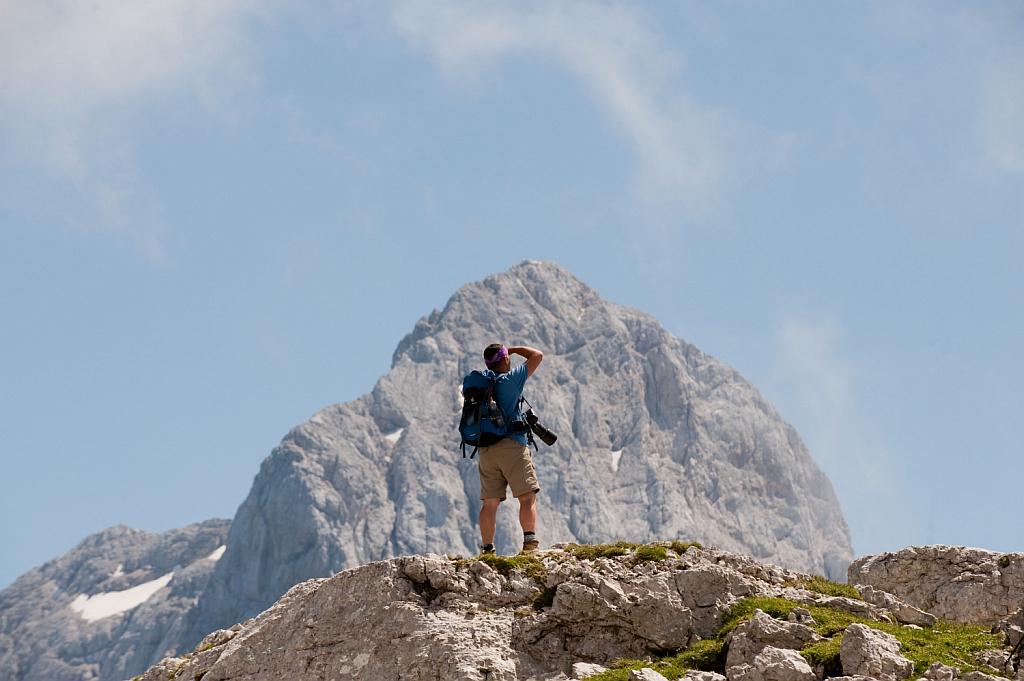
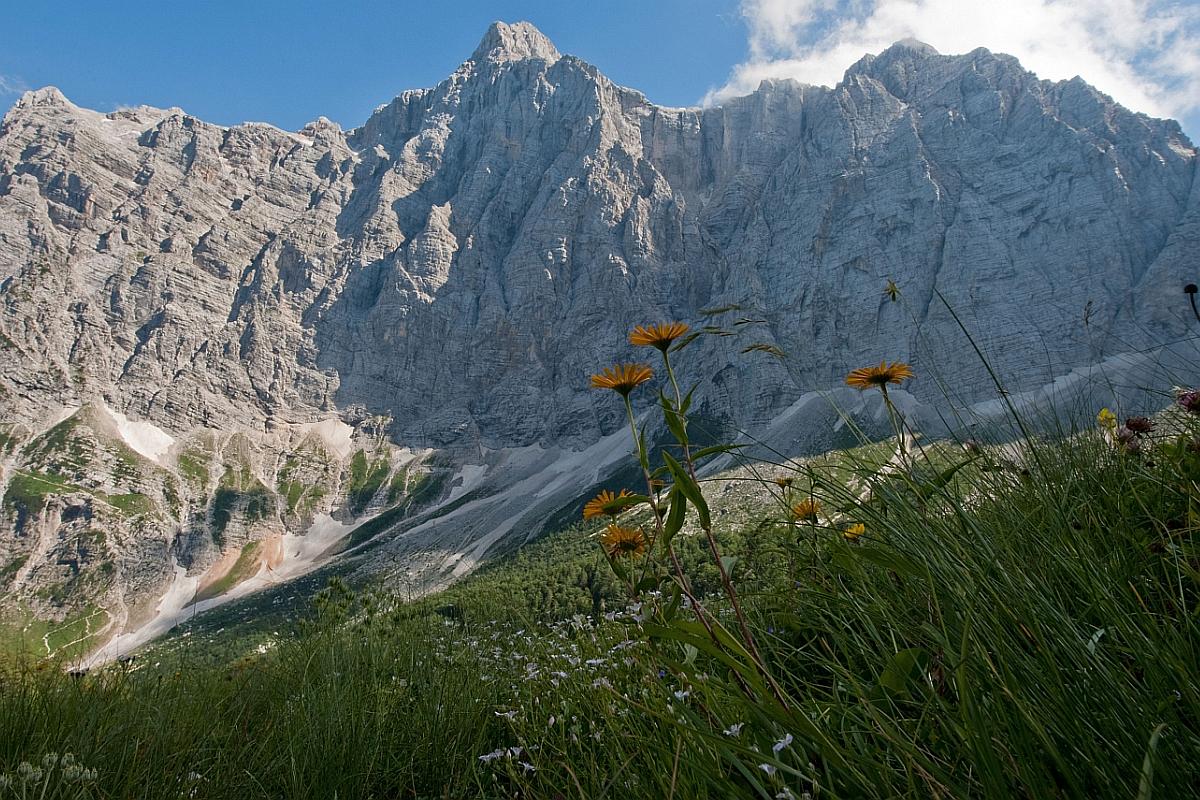
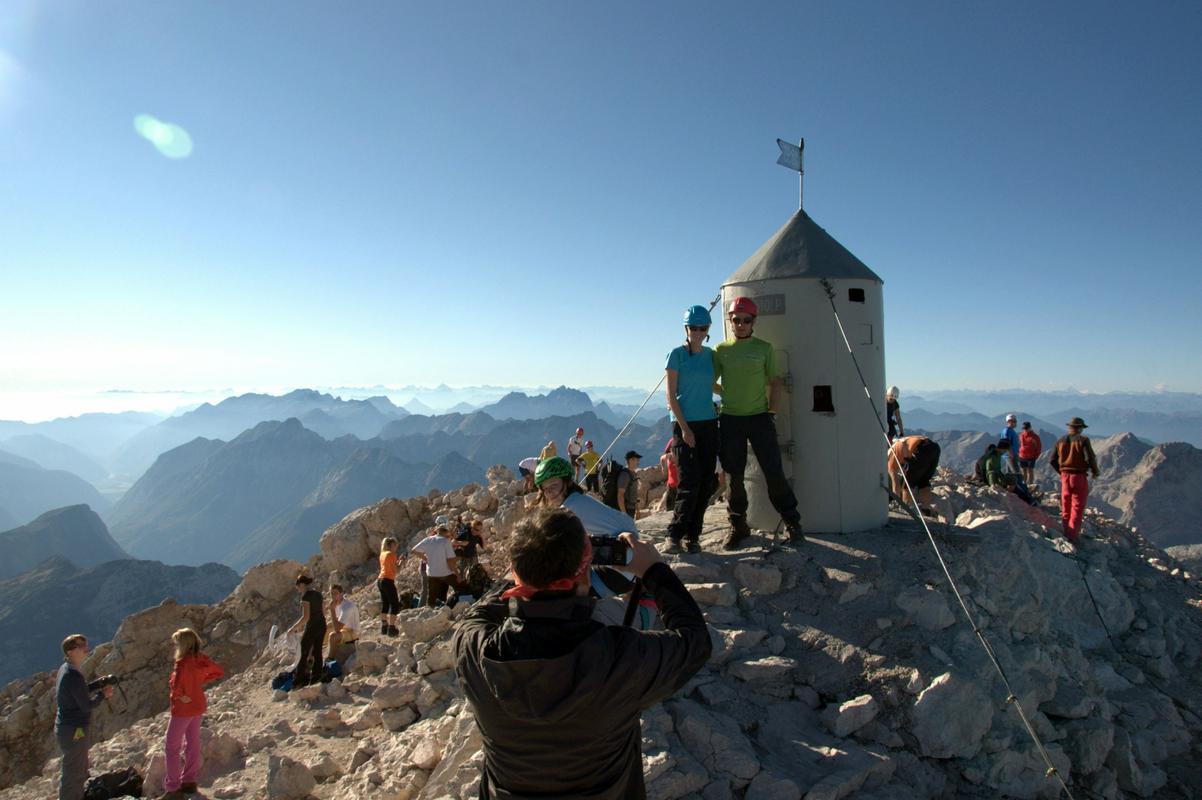
About 2.4 million people around the world speak Slovenian as their mother tongue. It is a special language: the most notable is the use of dual form, the grammatical number used for two people or things in all the inflected parts of speech, which is nowadays a very rare phenomenon in linguistics. Despite the relatively small area in which Slovenian is spoken and the small number of speakers, linguists have identified forty-six clearly established dialects.
Slovenia is the habitat of 140 animal and plant species out of 900 protected species which are rare or threatened in the European Union. In other words: as many as 15% of these plant and animal species are present on 0,5% of the European Union's territory. Among them is the brown bear – the largest animal (it weighs more than 300 kilograms) protected in the European Union within the Natura 2000 Network. The banks of Slovenian streams are home to the smallest animal on this list – the minute land snail of the Vertigo genus.
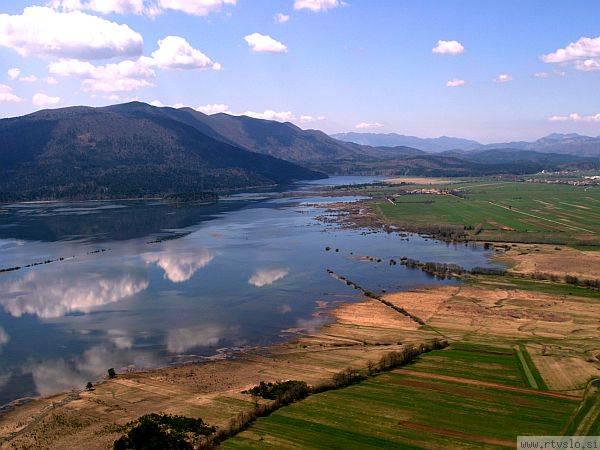
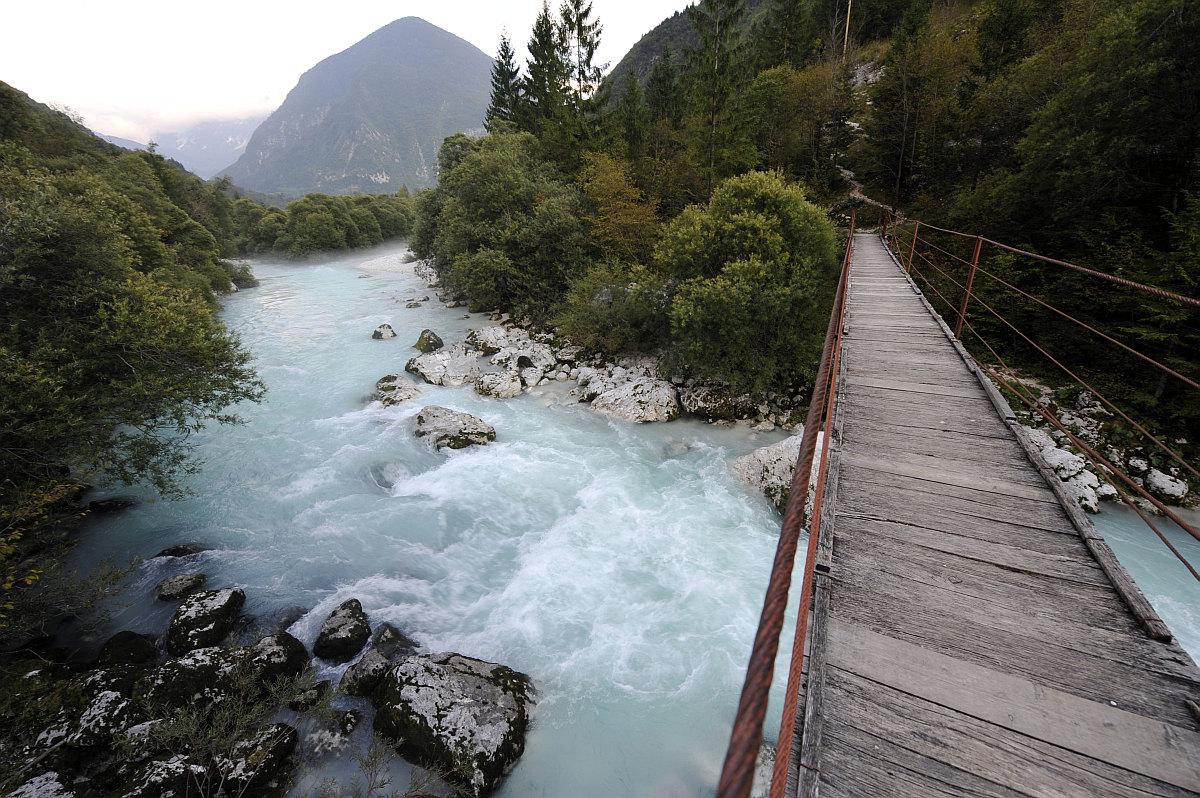
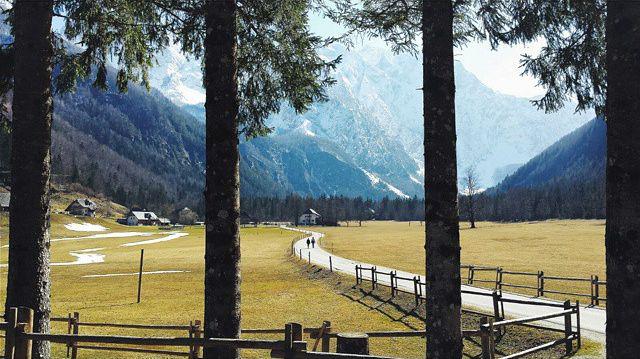
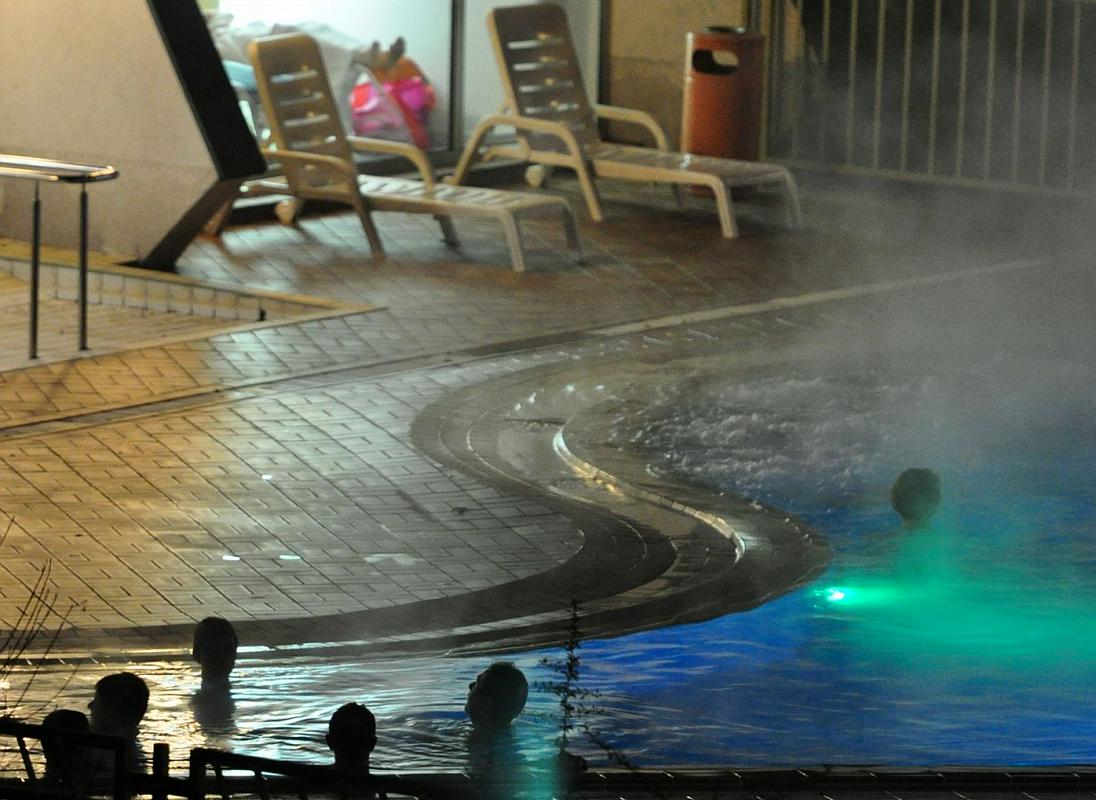
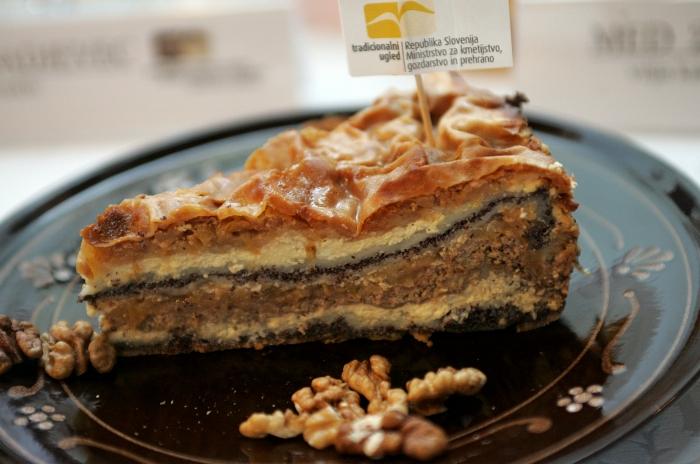
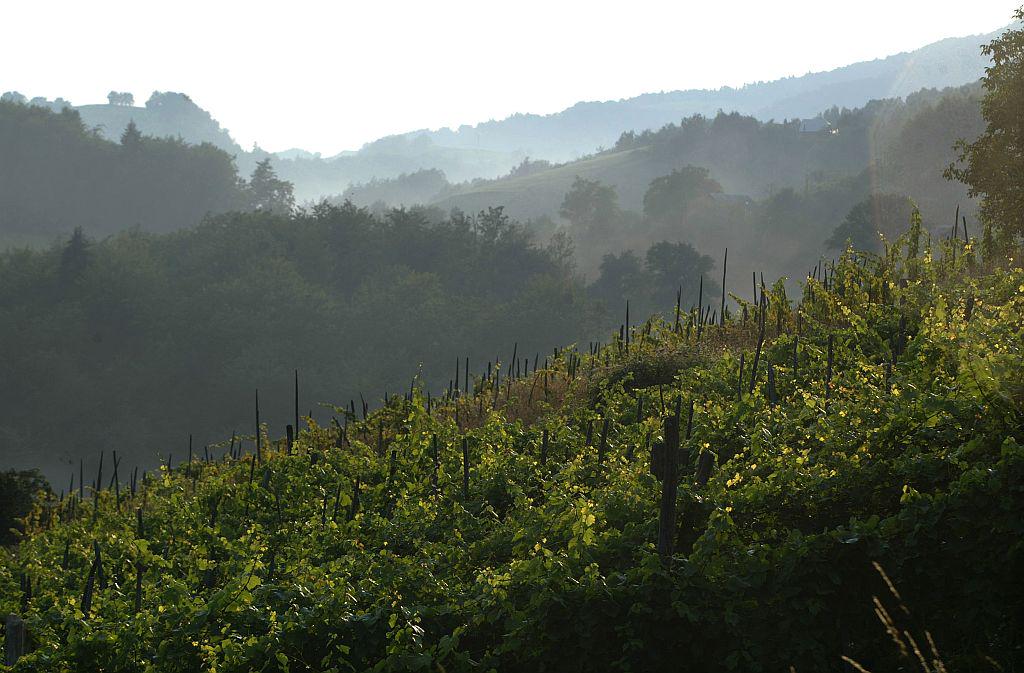
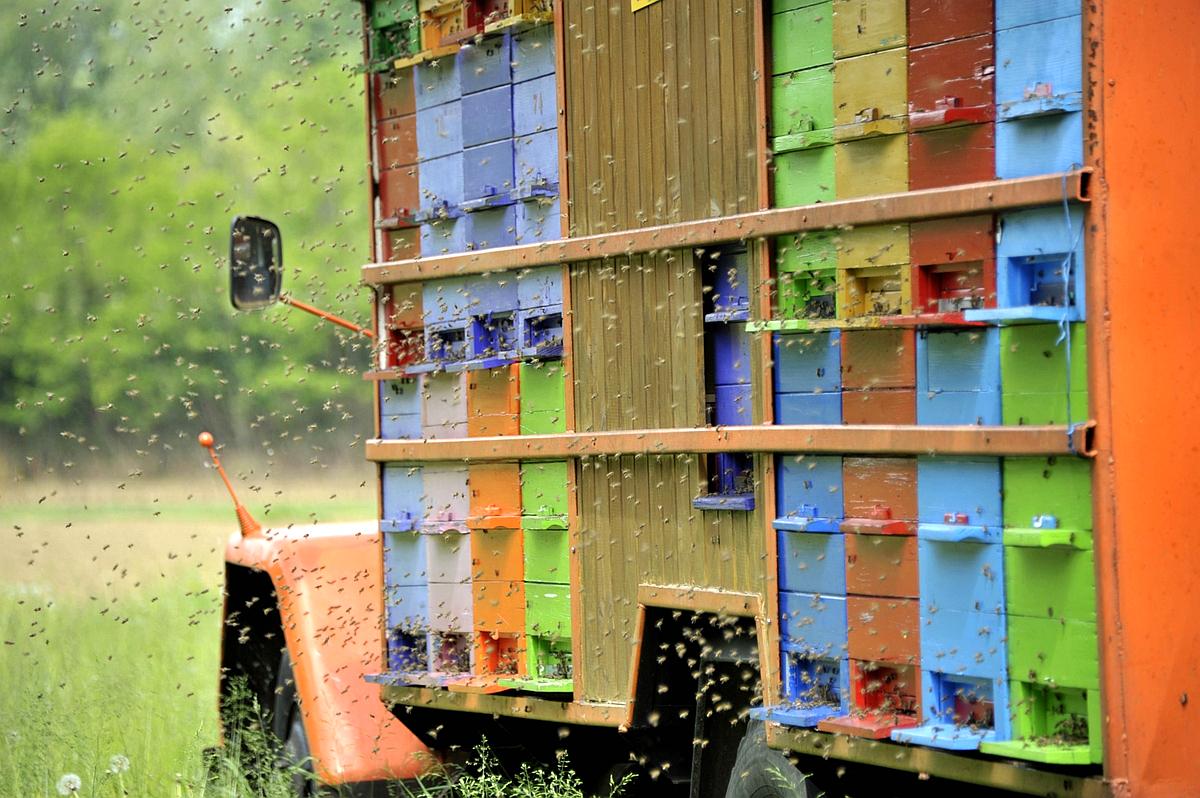
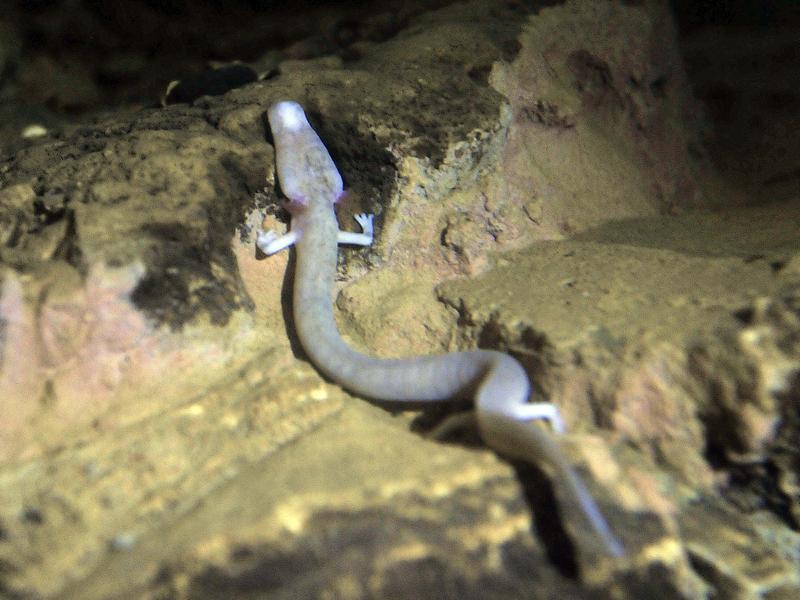
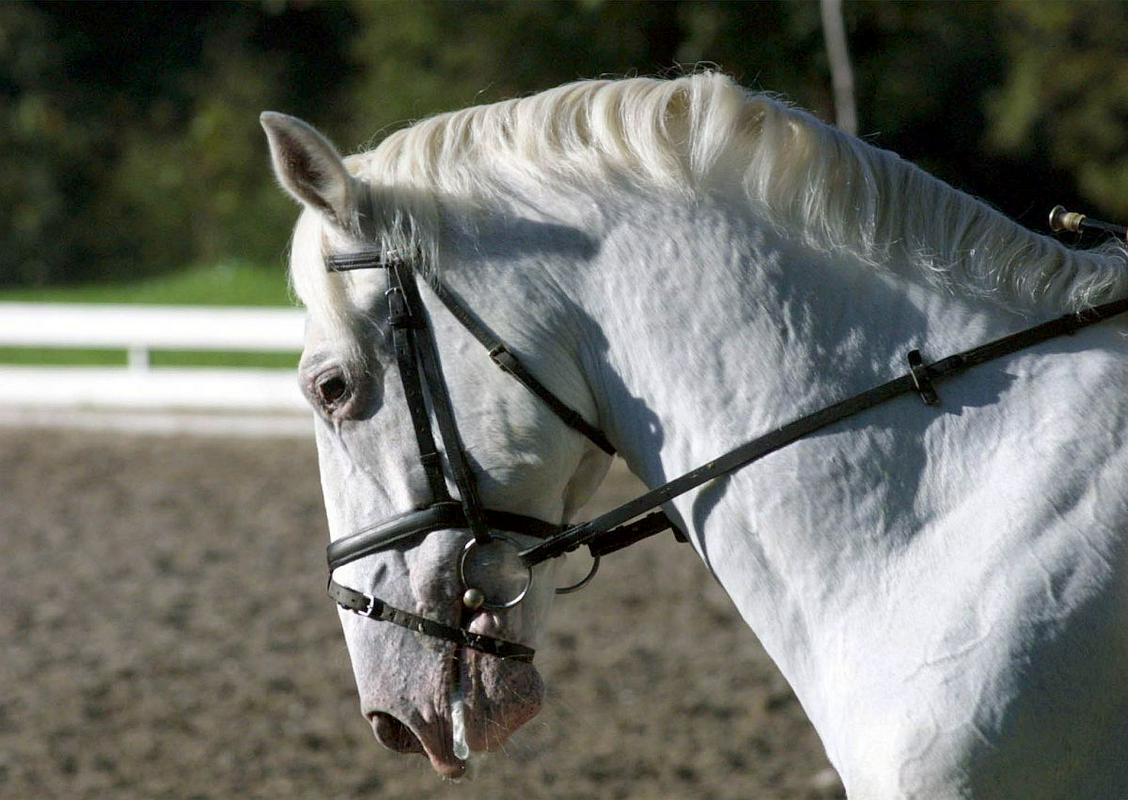
The design of Slovenian national symbols was influenced by a series of historical struggles: for independence, to preserve the Slovenian language, for a unified and autonomous political-administrative entity – a united Slovenia – and for fundamental political and human rights. Slovenian national symbols emerged in the 19th century during the country’s national awakening. They are enshrined in the Constitution of the Republic of Slovenia, and their use is regulated by law.
The Prince’s Stone
Between 7th and 11th century has the state of Carantania united almost all Alpine and Pannonian Slavs. The principality of Carantania is particularly notable for the ancient ritual of installing Carantanian dukes. The ritual took place at the Prince's Stone in Zollfeld in the area of the present-day Austrian province of Carinthia.
The Prince's Stone was a symbol of political power and it can be seen today in Klagenfurt. Even though Carantania existed for only 300 years, it importantly marked the national identity.
Mt. Triglav
The highest peak of the Julian Alps, Mt. Triglav, which rises to 2864 m, was respected by several peoples (Celts, Romans, Lombards and Slavs) crossing the territories of Slovenia. Mt. Triglav was just a border area until the Enlightenment period in Slovenia. Mt. Triglav became the inspiration to several poets, writers, travellers, painters, politicians and it became the symbol of Slovenians.
Ever since the 19th century, when mountaineering in the Alps became popular, the Triglav Mountain Range has attracted numerous visitors. Through fables connected with it and the beautiful landscape surrounding it, Mount Triglav is one of the most prominent peaks in the eastern Alps. From spring to autumn it is visited by entire processions of mountain lovers. No wonder it is said that "you are not a true Slovenian until you have climbed Triglav”.
The Aljaž Tower
At the top of the highest Slovenian mountain Triglav the tower was built by priest Jakob Aljaž from the village of Dovje near Mojstrana. He was a great patriot who wanted to resist the Germanization of the Slovenian people in the 19th century at the time of the Austria-Hungary Empire. In this period, Slovenians fought as a nation to establish their own identity while facing the enormous pressure of the Germanization.
As Triglav even at that time represented a symbol of the Slovenian nation, the patriotic priest wanted to make sure it stayed a part of Slovenia. In fact, he noticed that many foreigners were interested in the Slovenian mountains. Jakob Aljaž bought the top of Triglav for one Austro-Hungarian gulden, with the purpose of erecting a tower. It has been standing there for 120 years.
Although the Aljaž Tower is a symbol, its meaning is not the same as that of Triglav, the highest mountain that looks over Slovenia. The Aljaž Tower represents the person who stands on the top of Triglav and tells us that this is the Slovenian soul.
Slovenian Language
The official language in Slovenia is Slovenian, as determined by the Constitution of the Republic of Slovenia, which also guarantees the Italian and Hungarian minorities the right to use their respective languages and develop their cultures in the areas in which they live.
Although Slovenian is part of the South Slavic language group, it also shares many features with the West Slavic branch. Slovenian has been also influenced by the Roman, Germanic and Finno-Ugric worlds.
About 2.4 million people around the world speak Slovenian as their mother tongue. It is a special language: the most notable is the use of dual form, the grammatical number used for two people or things in all the inflected parts of speech, which is nowadays a very rare phenomenon in linguistics. Despite the relatively small area in which Slovenian is spoken and the small number of speakers, linguists have identified forty-six clearly established dialects.
Nature and biodiversity
Slovenia's biodiversity has been exceptionally well preserved (through the Natura 2000 Network and other protected areas, such as national, regional and landscape parks). Of all the European Union Member States, Slovenia boasts the biggest share of Natura 2000 sites, as 37% of its territory is covered by Natura 2000.
Slovenia is the habitat of 140 animal and plant species out of 900 protected species which are rare or threatened in the European Union. In other words: as many as 15% of these plant and animal species are present on 0,5% of the European Union's territory. Among them is the brown bear – the largest animal (it weighs more than 300 kilograms) protected in the European Union within the Natura 2000 Network. The banks of Slovenian streams are home to the smallest animal on this list – the minute land snail of the Vertigo genus.
Protected Areas
One tenth of Slovenia's territory is protected under nature conservation laws. The first natural park in Slovenia was established in 1888 – the forests of Kočevje are the only preserved primeval woodland in Europe. The Triglav National Park, at 83,807 hectares, is the biggest Slovenian park. It was named after Slovenia's highest summit, Triglav (2,864 m). Three regional parks (Kozjansko, Notranjska and Škocjan Caves) and 44 landscape parks are intended for the protection of heritage and diversified landscape, forests and native plant and animal species.
Valuable natural features also include one of the deepest caves in the world (Čehi II), the stunning intermittent lake (Lake Cerknica) and a UNESCO World Heritage site (Škocjan Caves).
Water
Water is an important natural asset – Slovenia is among the richest in Europe in terms of abundance of water sources. Around 34 billion cubic metres of water flow through Slovenian rivers and streams every year, four times the European average of water quantity per person. As the majority of rivers rise in the Alps, most of the drinking water can be found upstream. The wealth of water in Slovenia is augmented by springs, natural and artificial lakes and part of the northern Adriatic. Water supply in Slovenia is provided to 99% of inhabitants in their households.
All across Slovenia the water is of high quality and safe to drink.
Thermal and mineral springs
Fifteen health and tourist resorts (Čatež, Rogaška Slatina, Radenci and Podčetrtek are the most widely known) are accredited as natural spas. Some springs have already developed into thermal and medical centres which in addition to the classic treatments and physiotherapy, now offer sophisticated wellness programmes and therapies.
Central and north-east Slovenia (Zasavje, Štajerska and Prekmurje) have the biggest number of health resorts, with slightly less in the south-east (Dolenjska).
Forest
Slovenia is a heavily forested land (58% of its territory is covered by forests), ranking 3rd in Europe.
In terms of biodiversity, the European Commission has ranked Slovenia's forests 1st among the European Union Member States. As 70% of the forests are part of Natura 2000 sites, they represent the backbone of the European environment protection network in Slovenia.
Slovenian Gastronomy and Wines
In the gastronomic field, Slovenia offers a colourful image of diversity. What makes it special is its location at the meeting point of the Alps, the Mediterranean and the Pannonian Plain. After the Second World War, it was greatly influenced by Balkan cuisine. The tastes of Slovenia speak of the delicious creativity of new dishes and eating habits, which today have become 24 gastronomic regions.
Slovenian cuisine is traditionally based on grains, dairy products, meat (especially pork), sea and freshwater fish, vegetables, legumes and tubers, olives and grapes. Slovenia's cuisine combines the influences of the rural population, medieval lords, the bourgeoisie and monastic orders.
Slovenian gastronomy is enriched with high-quality wines and other alcoholic beverages. Primorska, Posavje and Podravje are the three wine-producing regions of Slovenia, each offering a wide range of outstanding wines. Typical, native wines deserve special mention: šipon, ranina, cviček, teran, grganja, klarnica, rebula and zelen.
Slovenian Philharmonic
In a beautiful building in the centre of Ljubljana, in Congress Square and with the Ljubljana castle in the background, the foundations of what the Slovenian Philharmonic is today were forged over many years. The main musical institution with the sign of the year 1701 on the building's façade has witnessed its long tradition. The institution has created beautiful and magnificent musical moments for generations of Slovenian music lovers.
The Slovenian Philharmonic Orchestra is, with its predecessors, placed alongside the oldest orchestras in the world. Among the many distinguished artists who became honorary members of the Slovenian Philharmonic and its predecessor, the Philharmonic Society, were Joseph Haydn, Ludwig van Beethoven, Niccolò Paganini, Johannes Brahms, Carlos Kleiber, Uroš Krek, Primož Ramovš and many others. The Slovenian Philharmonic has always worked with illustrious names in music.
Beekeeping
Beekeeping occupies a special place in Slovenia's economy as one of its oldest traditional crafts. According to the statistics, Slovenians are a genuine beekeeping nation, as a relatively significant four out of every thousand of its residents are engaged in this activity. Beekeeping is a traditional agricultural activity in Slovenia and enjoys a status equal to that of other types of agricultural activity.
The Carniolan honeybee (Apis mellifera carnica) or the Carniolan grey bee, is an autochthonous species in Slovenia, which means that no other bee species are allowed to be kept. It is the only honeybee species protected by EU law and widely known among beekeepers as an industrious, modest, and tame honeybee species. It has an excellent sense of direction. It has adapted to our grazing and climatic conditions over thousands of years. It is also a very tame insect, which is the reason for its popularity.
The olm
The olm (scientific name Proteus anguinus) is endemic to the Dinaric Karst and the only vertebrate in Europe that lives solely in the subterranean world. Its size of 25 to 30 centimetres makes it the largest such animal in the world. The tailed amphibian belongs to the ancient family of Proteidae and is a truly precious living gem and the symbol of Slovenian natural heritage. In Slovenia, the olm is a species which is protected by law and is included in the list of rare and endangered species since 1982.
An olm can live for up to 120 years. So what is the secret to its eternal youth? First, it has great regenerative capacity, being able to replace a lost limb with a new one. And an olm can survive for up to 10 years without food. The enthusiasm of scientists and the general public over this inhabitant of the Slovenian underground has continued since the discovery. But scientists are still looking for answers to many questions relating to the mysterious animal, which you can see in the Vivarium of Postojna Cave.
Due to the olm and other rare inhabitants of the caves, Postojna Cave is one of the cradles of speleobiology as a scientific discipline.
The Lipizzaners
The Lipizzaner is one of the oldest cultural horse breeds in the world. The name of the breed is derived from Lipica, its point of origin in the Slovenian Karst. The cradle of the Lipizzaner is the Lipica Stud Farm, established by the Habsburg Archduke Charles II in 1580. The Lipizzaner is one of the foundations of Slovenian pride and a symbol of which we Slovenians boast.
The Lipizzaner is a harmoniously built, elegant and noble horse of medium frame suitable for performing classic dressage elements, riding and coach-drawing. It has a benevolent nature and a vivacious temperament.
Lipica trains first-class horses for the Spanish Riding School, where they demonstrate the haute école or "high school" movements of classical dressage. This is the highest degree of training that a horse can achieve. It is an extremely demanding equestrian art whose movements are based on those naturally performed by the horse when at liberty. Lipizzaners are made to measure for this and are certainly the best at it of all breeds of horse.
About 2.4 million people around the world speak Slovenian as their mother tongue. It is a special language: the most notable is the use of dual form, the grammatical number used for two people or things in all the inflected parts of speech, which is nowadays a very rare phenomenon in linguistics. Despite the relatively small area in which Slovenian is spoken and the small number of speakers, linguists have identified forty-six clearly established dialects.
Slovenia is the habitat of 140 animal and plant species out of 900 protected species which are rare or threatened in the European Union. In other words: as many as 15% of these plant and animal species are present on 0,5% of the European Union's territory. Among them is the brown bear – the largest animal (it weighs more than 300 kilograms) protected in the European Union within the Natura 2000 Network. The banks of Slovenian streams are home to the smallest animal on this list – the minute land snail of the Vertigo genus.

































































